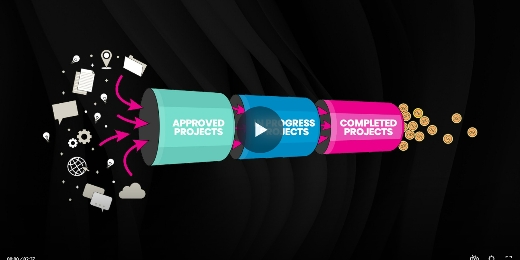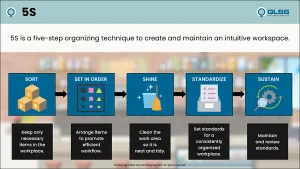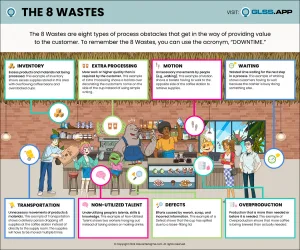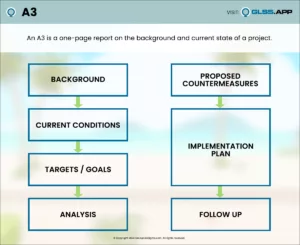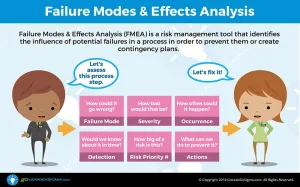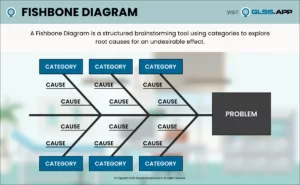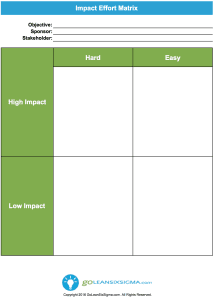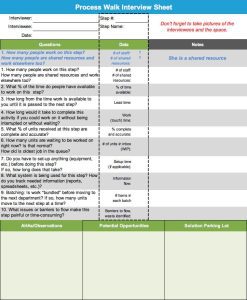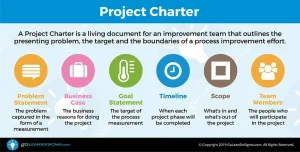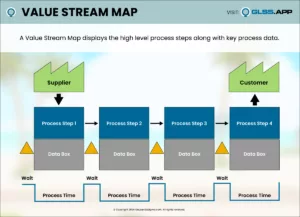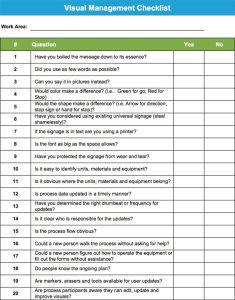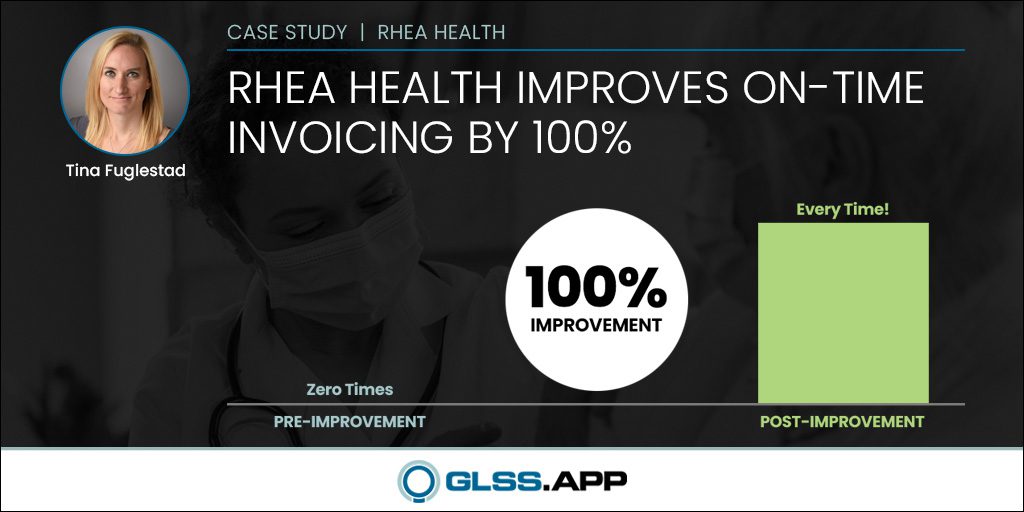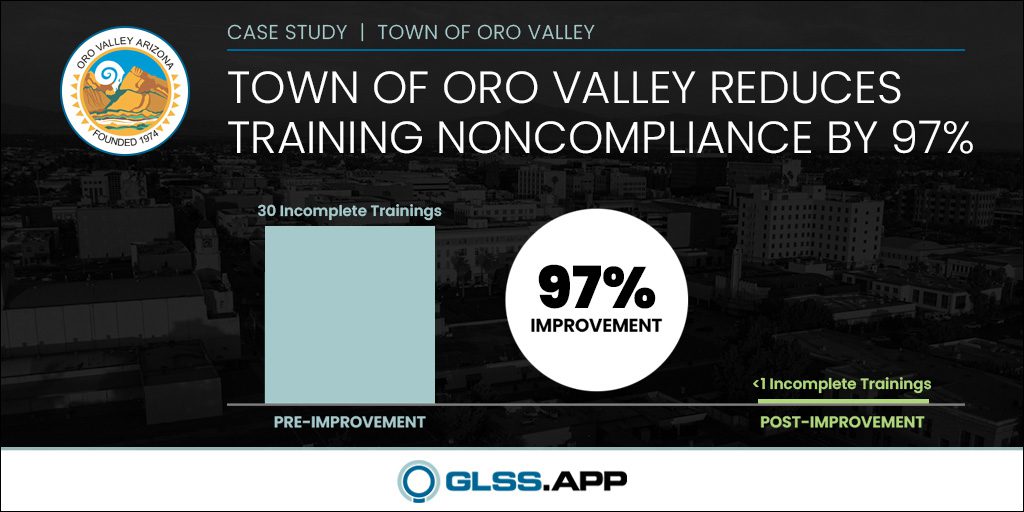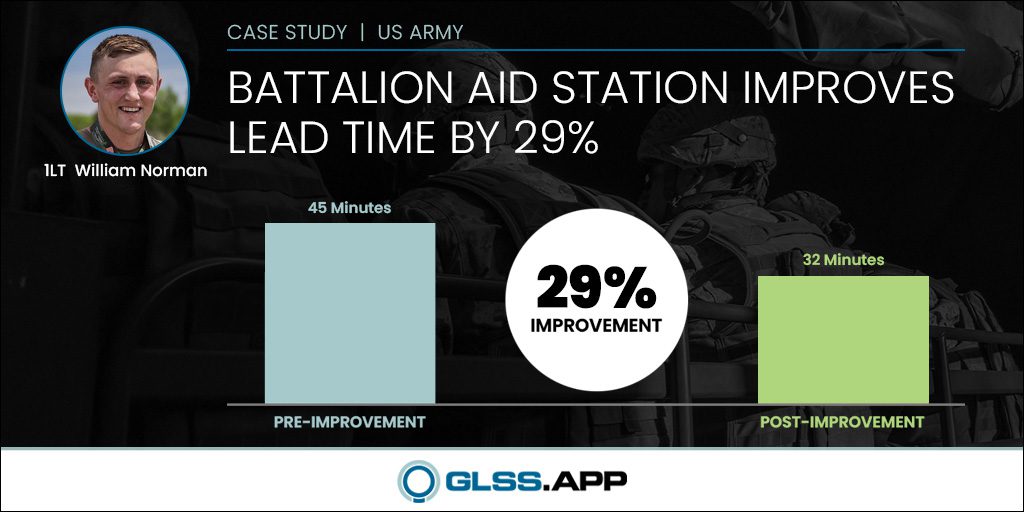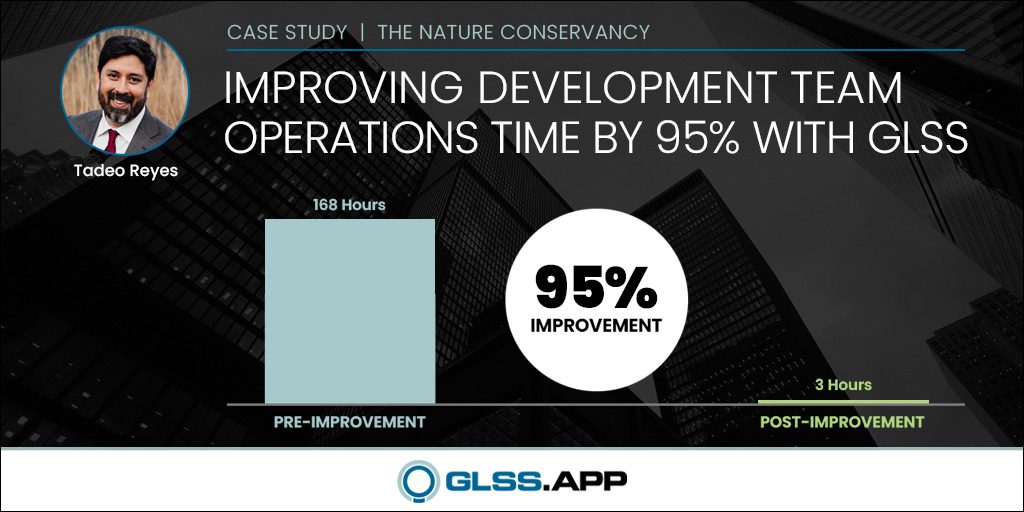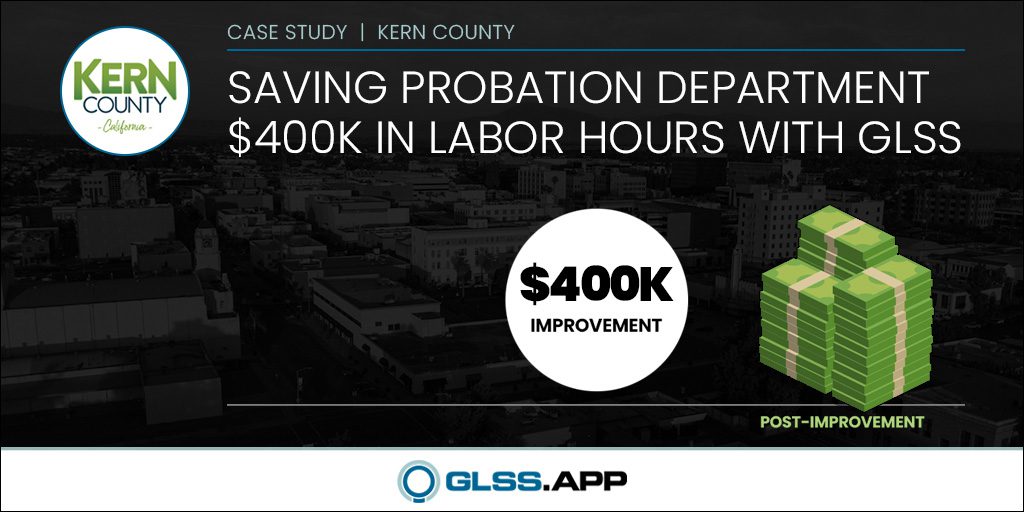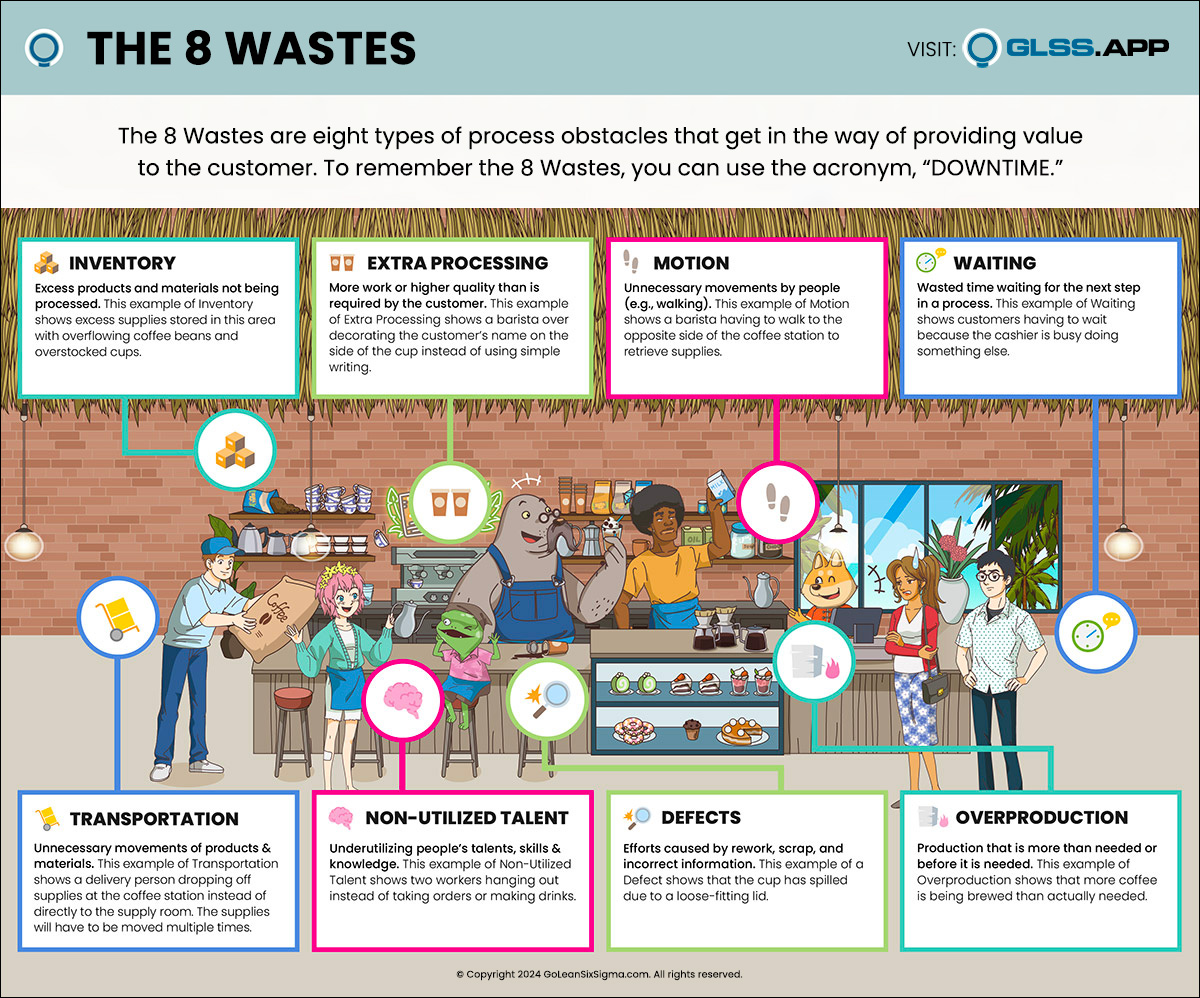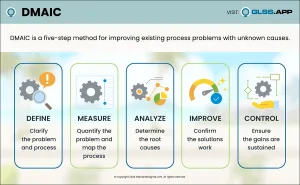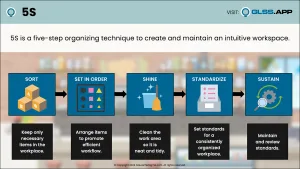Six Sigma Reduces Database Errors by 53% at a Media Company
Home » Case Study » Six Sigma Reduces Database Errors by 53% at a Media Company

In today’s digital age, the old adage of “knowledge is power” could be replaced by “database is dollars.” So much of a company’s core competencies are housed, facilitated, executed around database systems. And databases are often the source of so many of a company’s problems.
While most process owners point the finger of blame at “The System,” it is often the process behind it that is to blame and where much of the opportunity for improvement can be quickly exploited.
The
Problem / Opportunity
Our client had a central sales ordering and processing database. It housed all customer information, including contact data, order data, sales preferences, and order history. All account managers, sales managers, and fulfillment personnel had access to the data, with permissions ranging from creating and updating records to read-only status.
Just before the project began, profit leakage due to errors in the database had hit an all time high. In one month alone, more than $100,000 in credits had to be handed out. Previous attempts at controlling the losses proved unsuccessful. Management decided it had to do something, quickly.
The Goal
To reduce the errors and resulting profit leakage. As with all Six Sigma projects, the key here proved to be keeping a tightly bounded scope, plus a laser-focus on what to improve.
Although teams tend to start jumping on all articulated solutions as a potential fix,this must be resisted. There will be plenty of time in the “Improve phase” to be creative. Right now, a disciplined approach is key.
The Work
The team got to work laying out a simple process map. This helped in gaining a common understanding of all the moving parts and to begin isolating potential “pain points” or process breaks. Next, we needed data. The team referenced the process maps and picked a couple of key points to “take the temperature” of the process. By capturing defects at certain points in the process, the team could finally start isolating, measuring, and validating exactly where things started going bad.
The team spent some time with various leaders in the organization communicating the goals of the project, and gathering their input. This proved to be a critical success factor later on in obtaining support and participation with our “solutions.”
The Analysis
The team’s data showed some very interesting things going on “under the hood.” First, sloppy habits and poor processes created thousands of duplicate client records. We would often find a customer like “ABC Consulting Services” listed as either “ABC” or “ABC Consulting” or “ABC Services.” Then within each record we found outdated, inaccurate or often incomplete information. Then, we would find multiple orders for the same client cross connected across those records. No wonder orders kept getting mishandled. No one knew what “master record” to follow.
The Improvement
With our root causes in hand, the team quickly went to work brainstorming a number of potential improvement ideas. We then prioritized those we thought would work best and put a pilot plan into place. This improvement phase would look not only at process, but people and policy, too. The team also spent time practicing some change management techniques to ensure proper buy-in, support and participation by the impacted staff.
Once the proof of concept validated our assumptions, we expanded the pilot plan to include “process owners” companywide.
The Payoff
Dollar losses linked to poor data quality in the database decreased more than 53% from the time the project began to its completion. Within three months, dollar losses decreased by a magnitude of 10.
The team also developed a simple set of “good housekeeping” rules to prevent bad habits from slipping back into the process. Additionally, the project team teed-up three more potential projects linked to our initial investigation.
Do you ever wonder how sub-optimized processes in your organization can be eating away at profits and customer satisfaction? The power of Six Sigma may be much closer than you realize. Register for Green Belt Training & Certification and obtain the power you need!













